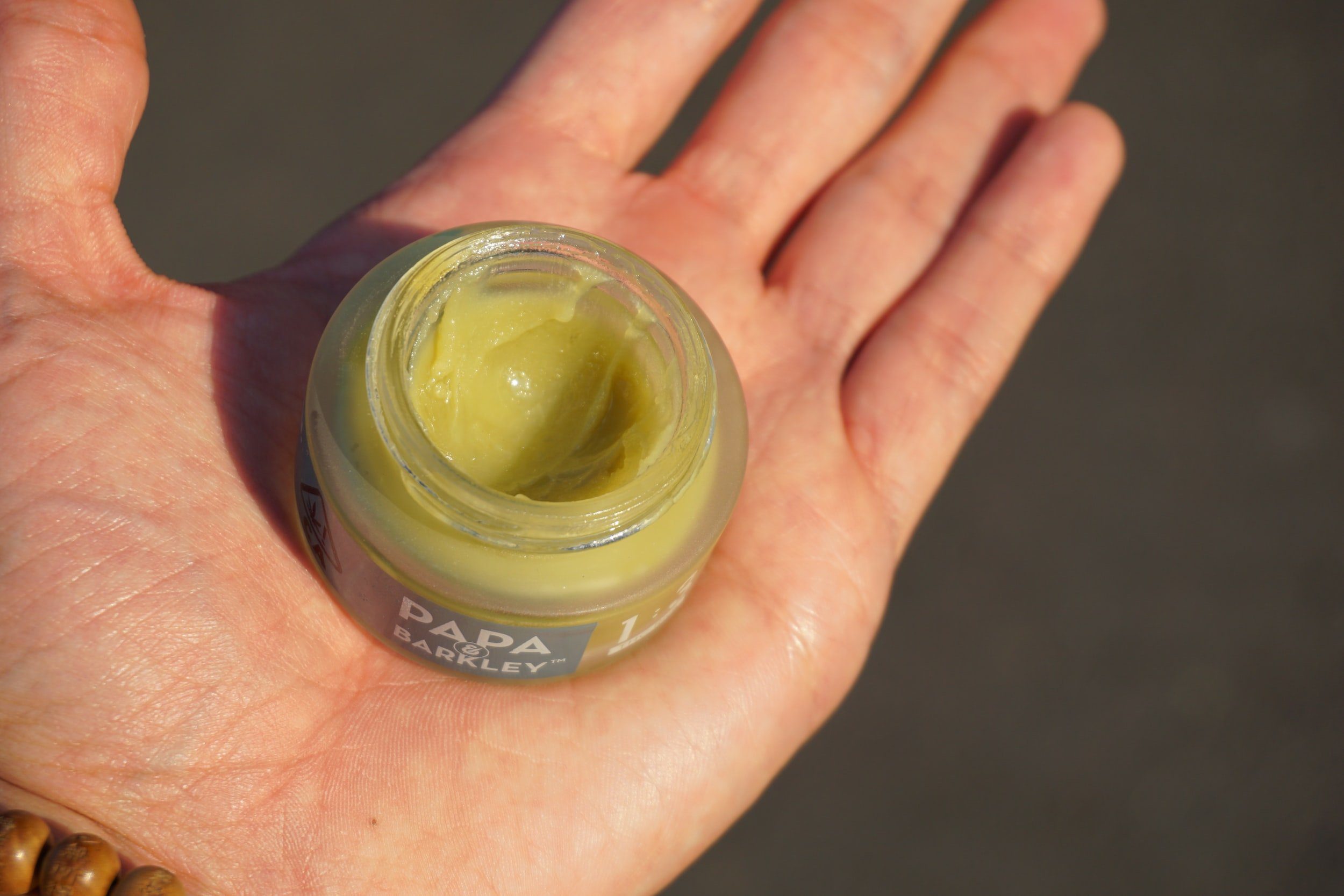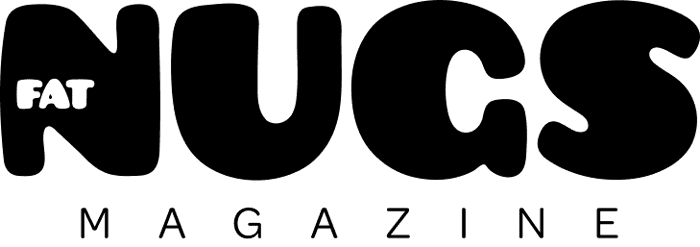My Father’s Cancer Journey Begins
In 2014, my father was diagnosed with multiple myeloma, a rare cancer originating in plasma cells that crowds out healthy cells. According to the American Cancer Society, myeloma accounts for only 1.8 percent of cancer cases. Certain environmental factors—like exposure to coal dust, benzene, or dioxin (Agent Orange)—can increase the risk. However, my father worked in IT, far removed from coal mines or industrial chemicals. The closest exposure he had was working near the World Trade Center on September 11, 2001.
The Impact of 9/11 Exposure
When the towers fell, I was in sixth grade. My mom picked me up from school, explaining that my dad had escaped his building. The next day, dust blanketed our neighborhood. My dad returned home late, covered in the thick dust that would linger in his system for years. Fast forward to 2014, and we were facing a myeloma diagnosis.
 Navigating Traditional and Holistic Treatments
Navigating Traditional and Holistic Treatments
Despite the availability of a medical marijuana program in New Jersey at the time, my father’s oncologist didn’t suggest it. Our family doctor, a holistic practitioner, had always recommended supplements that worked wonders, but the oncologists dismissed alternative treatments. After a stem cell transplant and years on “maintenance” drugs, my father was diagnosed with adult lymphoblastic leukemia—a secondary cancer likely caused by the medications meant to control his myeloma.
Introducing Cannabis as a Natural Option
By this point, I knew more about cannabis and its benefits for pain and inflammation. Initially, my father resisted, dismissing it with, “I don’t want to smoke any pot!” Yet, as his pain and discomfort increased, I suggested he try a transdermal patch. After some convincing, he agreed to a 1:1 CBD/THC 72-hour patch. In disbelief, he exclaimed, “I have no pain!” This marked the beginning of his journey into cannabis.
Exploring Edibles and Expanding Options
We stocked up on transdermal patches, and he experimented with lotions and balms. When nausea set in, I introduced him to edibles, starting with a low dose of a sour lemon gummy. His mood improved, he ate well, and he slept soundly. Encouraged, he began researching on his own and even expressed frustration at the government’s restrictions on cannabis.
Systemic Barriers to Cannabis in Healthcare
Our progress halted when he was hospitalized for leukemia treatment. A broken healthcare system prevented him from continuing cannabis therapy in the hospital. Due to cannabis’ Schedule 1 status, his new specialist also discouraged any naturopathic treatments, even vitamins. It was frustrating, but I wasn’t the one fighting cancer—my dad was.
A Call to Advocate for Cannabis
Watching my father’s struggle opened my eyes to the obstacles in our healthcare system and the stigma surrounding cannabis. It’s bewildering that toxic substances are commonplace in our daily lives while a natural herb remains vilified. This experience has driven me to advocate for cannabis and patient rights, amplifying the message that no one should be denied access to treatments that bring relief.


